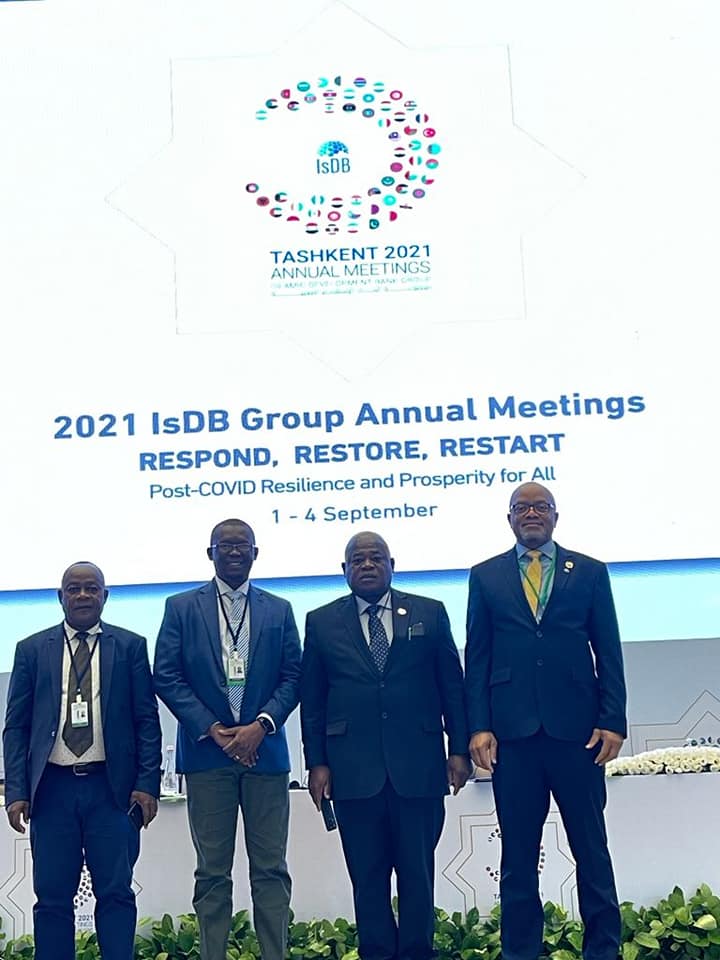Business insider Africa Presents 20 Countries with their highest debt-to-GDP ratio in Africa some of the notable names on this list are Ghana, Kenya and South Africa.
Measuring a country’s debt-to-GDP ratio helps multilateral lenders and decision makers to understand said country’s ability to repay debts.
Investopedia defines debt-to-GDP ratio as an important metric used by economists to compare a country’s gross national debt to its gross domestic product. It measures how much a country owes, in comparison to everything the country produces.
The Gross Domestic Product (GDP) comprehensively measures the monetary value of all the products and services that are produced in a country within a given period.
Therefore, by comparing the ratio of a country’s public det in relation to its GDP, decision makers and multilateral lenders can obtain reliable insight/understanding about the country’s capability with regards to paying back its debts.
“By comparing what a country owes with wheat it produces, the debt-t-GDP ratio reliably indicates that particular country’s ability to pay back its debts. Often expressed as a percentage, this ratio can also be interpreted as the number of years need to pay back debt if GDP is dedicated entirely to debt repayment,” says Investopedia.
Discussions about the debt-to-GDP ratio of African countries is especially important at a point, considering the fact that the public debt stock across the continent have been climbing to levels never before seen in the history of modernity.

A recent report by the World Bank showed that more than half of the world’s low-income countries, most which are in Africa, are either currently grappling with debt distress or at risk of doing so. This is according to a blog post that was recently published on the World Bank’s website.
Also, Standard Bank Group recently red-flagged Ghana, Kenya, Ethiopia, Zambia, and Angola as African countries that could soon experience serious debt risks.
That said, below are 20 African countries with the highest debt-to-GDP ratios. This list is courtesy of a report by Statista dated December 2021. Although the exact figures of these countries’ public debts were not disclosed, the percentage of debt to GDP is clearly indicated as you can see below.
Eritrea: The national debt in this Horn of Africa country stands at 175.1% of the GDP.
Cabo Verde: This island nation has a debt-to-GDP ratio of 160.7%.
Mozambique: Mozambique has a debt-to-GDP ratio of 133.6%.
Angola: This Southern African country has a debt-to-GDP ratio of 103.7%.
Mauritius: This island country’s gross debt stands at 101% of its GDP.
Zambia: Zambia’s gross national debt also stands at 101% of its GDP.
Republic of Congo: This country in Central Africa has a debt-to-GDP ratio of 85.4%.
Ghana: Ghana’s debt to GDP ratio currently stands at 83.5%.
The Gambia: In this country, the debt-to-GDP ratio is at 82.3%.
Seychelles: This island country has a debt-to-GDP ratio of 81.9%.
Guinea-Bissau: This country’s debt-to-GDP ratio currently stands at 79.1%.
Rwanda: Rwanda’s debt-to-GDP is at 74.8%.
Burundi: The Eastern African country has a debt-to-GDP ratio of 72.4%.
Gabon: In Gabon, the debt-to-GDP ratio is 72.1%.
Senegal: This Francophone West African country has a debt-to-GDP ratio of 71.9%.
Sierra-Leone: The Anglophone West African country has a debt-to-GDP ratio of 71.1%.
Namibia: This country has a debt-to-GDP ratio of 69.9%.
Kenya: Kenya’s debt-to-GDP ratio is 69.7%.
South Africa: This country has a debt-to-GDP ratio of 68.8%.
South Sudan: South Sudan has a debt-to-GDP ratio of 64.4%.
According to the African Development Bank, Sierra Leone’s debt is classified as being at high risk of debt distress, largely due to heighted insolvency and liquidity risks arising from COVID.
The African Development Bank reported that in 2019, the country’s national debt was around $2.39 billion. The stock of public debt increased to 77% of GDP as of November 2020 from 70% in 2019.
According the Exclusive Newspaper, The World Bank reported that Sierra Leone’s economy contracted by 2% as the COVID-19 pandemic led to slowdown in all sectors, following global supply chain disruptions and lockdown measures. Consequently, GDP per capita fell by 4% in 2020, reversing some of the recent gains in poverty reduction.
However, the Bank forecasted real GDP to rebound by 4.2% in 2021, reflecting the easing of COVID related restrictions and implementation of the government’s fiscal response to the pandemic.



 Post a comment
Post a comment 









